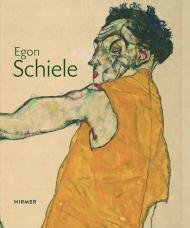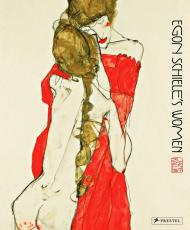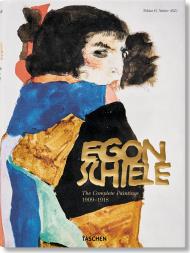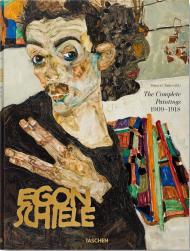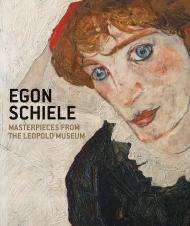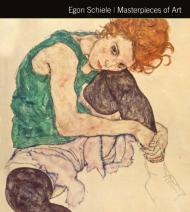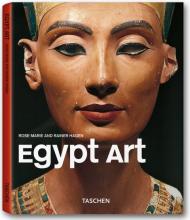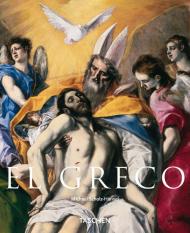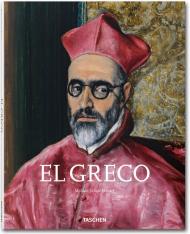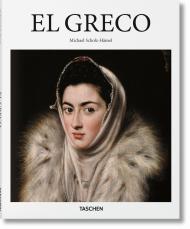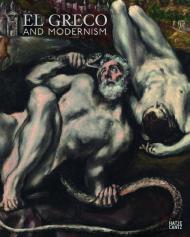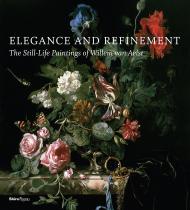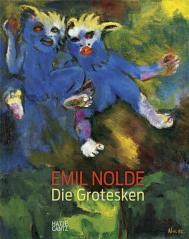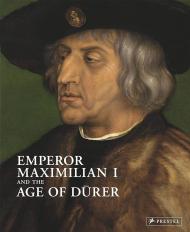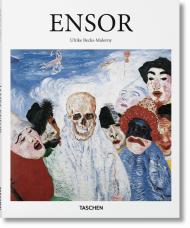Tobias G. Natter
Twisted Brilliance. The 1909–1918 catalogue of Egon Schiele, as never seen before
A century after his death, Egon Schiele continues to stun with his contorted lines, distorted bodies, and eroticism. This XXL-sized book features the complete catalogue of his paintings from 1909–1918. Nearly 600 illustrations are presented, many of them newly photographed, alongside expert insights and Schiele’s personal writings in this decisive monograph.
After Egon Schiele (1890-1918) freed himself from the shadow of his mentor and role model Gustav Klimt, he had just ten years to inscribe his signature style into the annals of modernity before the Spanish flu claimed his life. Being a child prodigy quite aware of his own genius and a passionate provocateur, this didn’t prove to be too big a challenge.
His haggard, overstretched figures, drastic depiction of sexuality, and self-portraits in which he staged himself with emaciated facial expressions bordering between brilliance and madness, had none of the decorative quality of Klimt's hymns of love, sexuality, and yearning devotion. Instead, Schiele’s work spoke of a brutal honesty, one that would upset and irreversibly change Viennese society.
Although his works were later defamed as “degenerate” and for a time were almost forgotten altogether, they influenced generations of artists – from Günter Brus and Francis Bacon to Tracey Emin. Today, his then-misunderstood oeuvre continues to fetch exorbitant prices on the international art market.
Presented in a voluminous format that captures all of the intensity and emotional truth of his work, Egon Schiele. All paintings from 1909-1918 feature 221 paintings and 146 drawings that retrace the fertile last decade of Schiele’s life. With many pieces newly photographed for this edition, these works are paired with excerpts from his countless writings and poems, as well as essays introducing his life and oeuvre, to situate the Austrian master in the context of European Expressionism and trace his extraordinary legacy.
About the author:
Tobias G. Natter is an internationally acknowledged expert on art in “Vienna around 1900.” For many years he worked at the Austrian Belvedere Gallery in Vienna, latterly as head curator. He also worked as guest curator at the Tate Liverpool, the Neue Galerie New York, the Hamburger Kunsthalle, the Schirn in Frankfurt am Main, and the Jewish Museum in Vienna. From 2006 to 2011, he directed the Vorarlberg Museum in Bregenz, and from 2011 to 2013 was director of the Leopold Museum in Vienna. In 2014 he founded Natter Fine Arts, which specializes in assessing works of art and developing exhibition concepts. He is the author of TASCHEN’s Gustav Klimt. Complete Paintings, Art for All. The Colour Woodcut in Vienna around 1900 and Egon Schiele. The Complete Paintings 1909–1918.
